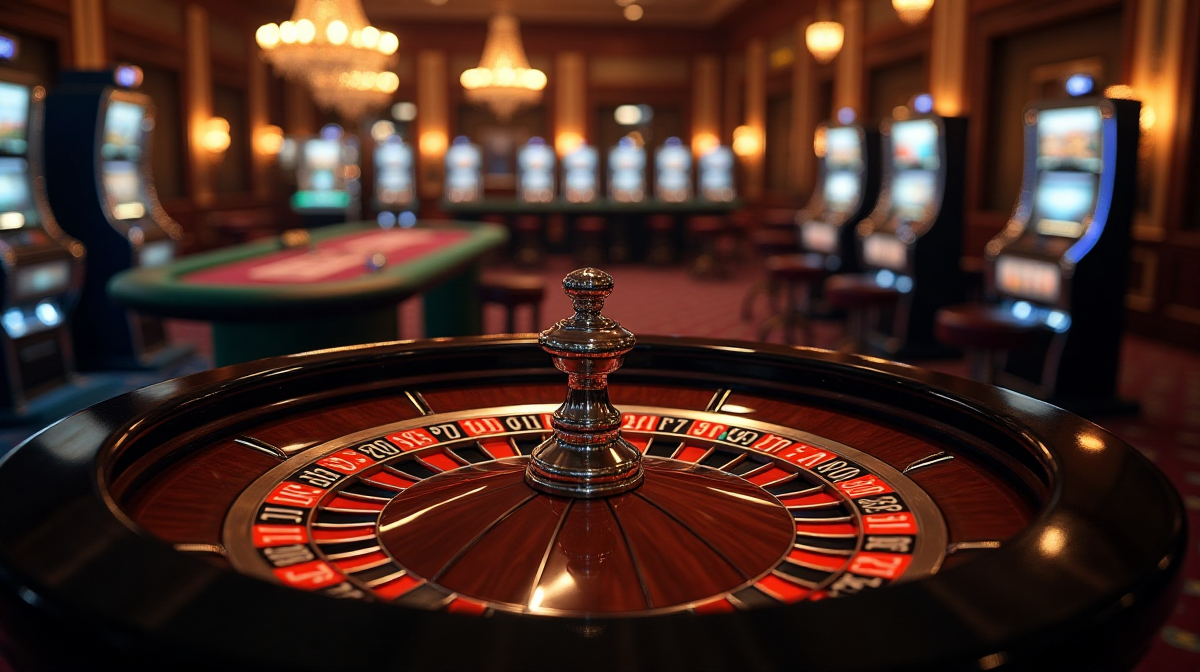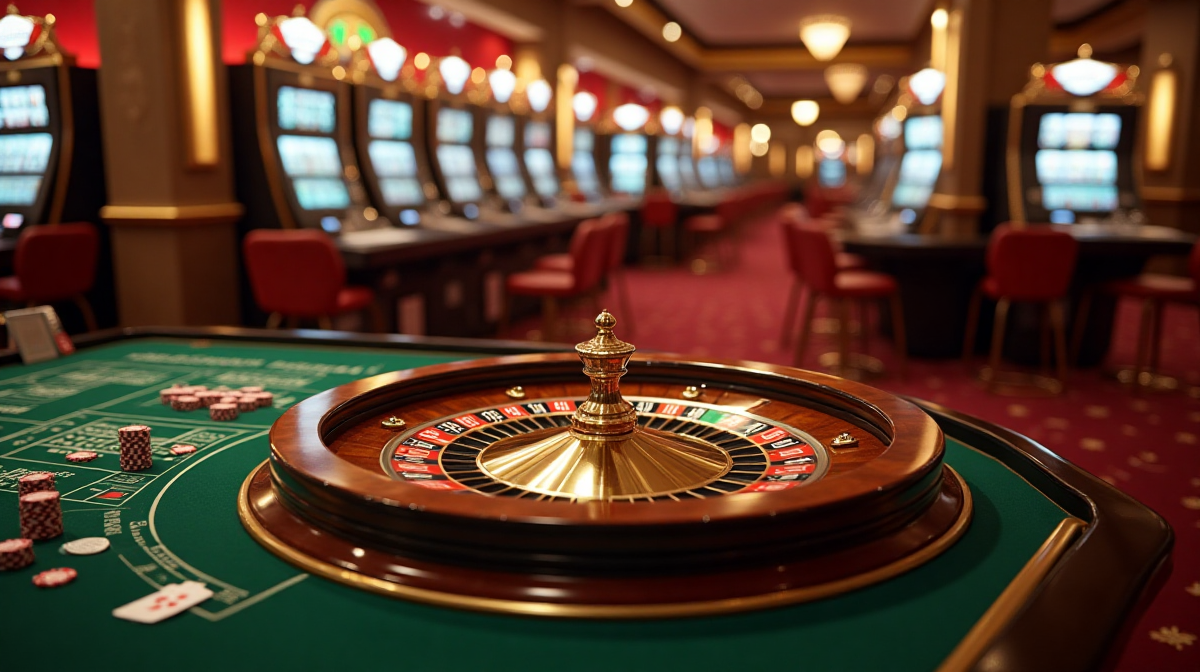Chess Piece Guide: Every Piece Explained
Introduction to Chess Pieces
The Role of Chess Pieces in Strategy
Chess is a game of strategy, and the pieces are the tools with which that strategy is executed. Each chess piece possesses unique movement capabilities and strategic value, influencing the flow of the game from opening to endgame. Understanding these roles is fundamental to becoming a proficient player. Thinking about how to best utilize each piece, and even sacrificing them strategically, can be the difference between victory and defeat. For those seeking alternative entertainment, exploring options like пин ап can offer a different kind of challenge, but chess remains a timeless classic.
Overview of All Chess Pieces & Their Value
There are six different types of chess pieces: the pawn, knight, bishop, rook, queen, and king. Each piece has a relative value, often expressed in terms of pawns. Pawns are worth 1 point, knights and bishops are worth 3, rooks are worth 5, and the queen is worth 9. The king’s value is considered infinite, as its capture results in checkmate and the loss of the game. While these values are a useful guideline, the actual worth of a piece can vary significantly depending on its position and the overall game situation. Consider that finding a пин ап зеркало рабочее на сегодня might be easier than finding a clear advantage in a complex chess position.

The Pawn – The Foot Soldier
Pawn Movement & Basic Rules
Pawns are the most numerous pieces on the board, and their movement is unique. They move forward one square at a time, except for their initial move where they can advance one or two squares. Pawns capture diagonally forward one square.
Pawn Promotion: Becoming a Powerful Piece
When a pawn reaches the opposite end of the board, it must be promoted to a queen, rook, bishop, or knight. Queen promotion is the most common, as it adds significant attacking power.
En Passant: A Unique Pawn Capture
En passant is a special pawn capture that can occur when an opponent’s pawn moves two squares forward from its starting position, landing adjacent to your pawn. You can capture the opponent's pawn as if it had only moved one square forward.
Pawn Structures & Strategy
Pawn structures are critical to chess strategy. Isolated pawns are vulnerable to attack, while passed pawns (pawns with no opposing pawns to prevent their advance) can be a powerful force in the endgame.
Pawn Weaknesses & How to Exploit Them
Pawn weaknesses, such as doubled pawns or backward pawns, can be exploited by your opponent. Targeting these weaknesses can create attacking opportunities.
The Knight – The Jumper
Knight Movement: The Unique ‘L’ Shape
The knight is the only piece that can jump over other pieces. It moves in an L shape – two squares in one direction (horizontally or vertically) and then one square perpendicularly.
Knight’s Strengths: Forks & Outposts
Knights excel at forking – attacking two pieces simultaneously. They are also strong when placed on outposts – squares that cannot be attacked by opposing pawns.
Knight vs. Bishop: The Age-Old Debate
The debate over whether knights or bishops are better is a long-standing one. Knights are generally stronger in closed positions with many pawns, while bishops are stronger in open positions with clear diagonals.
Effective Knight Positioning
Positioning a knight near the center of the board maximizes its influence.

The Bishop – The Diagonal Master
Bishop Movement & Controlling Diagonals
Bishops move any number of squares diagonally. They are powerful pieces for controlling long diagonals and attacking from a distance.
Light-Squared vs. Dark-Squared Bishops
Bishops are categorized by the color of the squares they control. A light-squared bishop can only move on light squares, while a dark-squared bishop can only move on dark squares.
Bishop Pair: Powerful Advantage
Having both a light-squared and a dark-squared bishop (the bishop pair) is a significant advantage, as it allows you to control both colors of squares. For a different kind of gamble, some players find онлайн-казино пин-ап appealing.
Bishop Strategy & Weaknesses
Bishops are strongest in open positions. They can be vulnerable in closed positions where their movement is restricted.
The Rook – The Powerhouse
Rook Movement & Controlling Files
Rooks move any number of squares horizontally or vertically. They are powerful pieces for controlling open files (columns without pawns).
Rook’s Strengths in Open Files
Rooks are most effective when they have open files to operate on. They can exert tremendous pressure on the opponent's position.
Castling & Rook Safety
Castling is a special move that involves moving the king two squares towards a rook, and then placing the rook on the other side of the king. Castling is a crucial defensive move that helps protect the king and activate the rook.
Rook Endgames: Dominating the Board
Rooks are particularly powerful in endgames, where they can dominate the board and support pawn promotion.
The Queen – The Most Powerful Piece
Queen Movement: Combining Rook & Bishop Abilities
The queen is the most powerful piece on the board, as it combines the movement abilities of the rook and the bishop.
Queen’s Strengths & Common Tactics
The queen's versatility makes it a formidable attacker. It can deliver forks, pins, and skewers – tactical motifs that can win material.
Overextending the Queen: Avoiding Early Attacks
While powerful, the queen can be vulnerable to attack if overextended. Avoid bringing the queen out too early in the game, as it can become a target.
Queen & King Coordination
Effective coordination between the queen and king is essential for launching successful attacks.
The King – The Most Important Piece
King Movement & Safety
The king can move one square in any direction. Protecting the king is the primary goal in chess.
Check, Checkmate & Stalemate Explained
Check occurs when the king is under attack. Checkmate occurs when the king is under attack and cannot escape. Stalemate occurs when the king is not under attack, but has no legal moves.
Castling: Protecting the King
As mentioned earlier, castling is a vital defensive move to shield the king.
King Activity in the Endgame
In the endgame, the king becomes a more active piece, participating in attacks and supporting pawn promotion.
King and Pawn Endgames: Critical Techniques
King and pawn endgames require precise calculation and technique.
Piece Value & Trading
Understanding Relative Piece Value
Understanding the relative value of pieces is crucial for making informed trading decisions.
When to Trade Pieces Strategically
Trading pieces can be beneficial when it improves your position, weakens your opponent's position, or simplifies the game in your favor. Sometimes, a calculated risk, similar to placing a bet, is necessary.
Evaluating Material Advantage
Having more material (a higher total piece value) is generally advantageous, but it's not always decisive. Positional factors, such as king safety and pawn structure, are also important.
Advanced Piece Coordination & Synergy
Combining Piece Attacks
Coordinating attacks with multiple pieces is more effective than attacking with a single piece.
Creating Piece Batteries
A piece battery is a group of pieces aligned to exert pressure on a specific target.
Prophylaxis & Preventing Opponent’s Piece Activity
Prophylaxis involves anticipating your opponent's plans and taking steps to prevent them.
Conclusion: Mastering Piece Play
Continuous Practice & Analysis
Mastering piece play requires continuous practice and analysis of your games.
Resources for Further Learning
There are numerous resources available for learning more about chess, including books, websites, and online courses. Even exploring resources like discussions about drawback chess strategies can provide new insights. Remember, much like navigating the world of online casinos, success in chess demands strategic thinking and calculated risks. And while a пин ап site might offer instant gratification, the long-term rewards of mastering chess are far more substantial.

